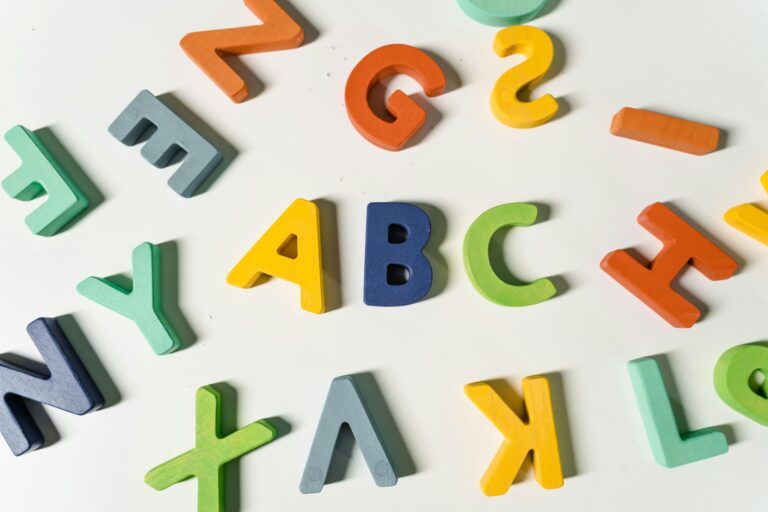By Joy at the Southern Schoolhouse
If you teach special education, it often feels like teaching is a part time job compared to the amount of paperwork and meetings that you have to hold. I have found that an organized meeting is an art. Perfect this and you will find that you have more time as well as better relationships with your parents and team members. The following have been tips and tricks that have helped me over the years.
Carefully Watch your Timelines/Deadlines:
I am a planner and do not like to miss a deadline. There are so many deadlines in special education, it is important to establish routines for paperwork obligations.
Our first year teaching together, Shannon and I created a spreadsheet with all annual and re-evaluation dates for our caseloads. This is updated frequently and a new tab is added for each new school year. We also add new students or move other students to the exit tab if they leave or no longer qualify for special education services. This is a working document. We update dates as we hold the meetings and sort according to the student’s annual IEP column. This way we can see clearly the next annual due date. We also highlight students that are due that year for their three year re-evaluation. This spreadsheet was a bit of work to put together but like most of the routines we share at Southern Schoolhouse, it is a huge time saver.
I always consult this sheet to know what annual IEP meeting is coming up. Typically for an annual IEP, I try to schedule about a month prior to the date I want to hold the meeting. At this time, I send out the first invitation to the parent as well as a google calendar invitation to the team. Next, about a week prior, I send the second notice to the parent. A day or two before the meeting, another reminder will go out to the parent with the proposed IEP (see below for details). For each of these steps, I add the date completed to my checklist featured below in the “Organize your many steps and obligations” paragraph.
Organize your many steps and obligations:
Organization is key to our survival as special educators. IEP meetings are no exception. I use a digital “To Do List” to help me track and organize the many steps each IEP requires. This includes a checklist for each item required during my meetings. The following is an example of my IEP template list:
- NAME, DATE OF MEETING
- TYPE OF MEETING, DUE DATE
- First Invitation Sent
- Google Calendar Invite Set Up
- Formal invite sent home in backpack
- Formal invite signed
- 2nd Notice Sent
- IEP Paperwork Prepped
- Minutes Template set up with names/dates
- PWN (Prior Written Notice)
- AFTER
- Signatures Obtained
- Paperwork Copy to Parent
- Upload minutes to ECATS
- File originals in file

Once I schedule a meeting, I put the student’s name, date of the meeting, due date of the annual or re-evaluation and then add the dates, as well as cross out when each of my steps are completed. This helps me track that all items have been completed, especially when I have multiple meetings…and as a special education teacher you WILL have multiple meetings.
- John Doe, Meeting Date 12/01/26
- Annual IEP, Due 12/20/26
First Invitation Sent 11/15/26Google Calendar Invite Set Up 11/15/26Formal invite sent home in backpack 11/16/26- Formal invite signed
I also have a file holder on my desk with multiple folders labeled upcoming IEP. Once a meeting is scheduled, I place a tab using a sticky note upon a folder with the student name, date and due date. Inside the folder I can place a handbook of rights, the copy of the sent and signed invitations and any other paperwork that I need for the meeting (work samples, parent provided evaluations, etc.) These upcoming meeting folders are placed in chronological order so I have a visual of when each IEP is due. This keeps all handy and my desk organized as I prepare for the meeting.
Collaborate ahead of time:
I am not suggesting any pre-determination but it is important to include related services and the regular education teacher when preparing your paperwork. This can make a difference in how you write goals and present levels. Collaboration will also help to gather relevant data including observations and regular education data you may not have access to. Your team members can be informed ahead of time about what you may be proposing and you can get their input. They may not always agree and their opinions may help shape any meeting proposals. It is not a good look if the team is disagreeing or refuting one another during a meeting. A united front for proposals saves time and shows that all are working together for the same goal. Disagreement between team members will only slow your meeting down and can create distrust with your parents.
Prepare your paperwork in advance:
IEP’s are a team decision but in order to hold an organized meeting, it is important to prepare paperwork in advance. I always prep names/dates/etc on the minutes and prior written notice as well as the proposed agenda. This may change and will be added to during the meeting, but having the team members and the basic agenda of the meeting bullet pointed is an important time saver. Once my minutes document is prepped, I link it to the checklist above. This checklist helps me find my meeting documents and dates quickly.
The IEP itself can be prepped and drafted prior to the meeting. Again this is proposed and will be added to or amended during the meeting, but having the basics inputted is a huge time saver and creates a positive and productive meeting. I always input the child strengths, present levels, proposed goals, accommodations, service times and settings in a drafted copy. I also make sure to add the relevant and updated data used to create my goals.
Communicate with your families:
Communication with your families does not end with the required invitations. After my IEP is drafted, I try my best to send this proposed copy to the parent or guardian for review. If sending a printed copy, I often circle Proposed at the top so they know this can be amended, and highlight various sections that would be helpful for them to review ahead of time. Typically I highlight the child’s present levels, my proposed goals, and accommodations. I also add notes like “please be prepared to add any additional strengths or updated medical information.” These notes keep the parent from being put on the spot. I believe this is best practice so the parent can review the proposals while relaxed at home. Sending the proposed IEP ahead of time makes your meeting efficient, while cutting down on surprises. Often once the proposal is reviewed, a parent will talk to me ahead of time about a concern, updated medical information, or an accommodation they believe would be helpful. These can often be updated on the draft prior to the meeting, once again contributing to a productive annual IEP.
Assign team roles and send reminders:
A day or two prior to the meeting I double check everyone is able to attend. At that time, I assign the roles for my paperwork. I share the prepped minutes with one of the required team members and make sure that all required team members will be able to attend. I also send out my second notice or a third reminder to the parent, hopefully with the proposed IEP for review. We are all so busy, it is important to remind your parents. They are an important member of the team.
Circle back to your list of steps and obligations:
A day or two prior, I double check my IEP steps listed in my digital “to do” checklist referenced above. l also add the dates of all reminders sent to my prepped meeting minutes template and update any information I may have not documented. Then I cross out all steps completed. This helps me to know what more needs to be done or if I am prepared for the meeting. After the meeting is conducted, I revisit the list to make sure that I complete the remaining steps.
- AFTER
- Signatures Obtained
- Paperwork Copy to Parent
- Upload minutes to ECATS
- File originals in file
This IEP checklist system has more than once kept my steps in order and prevented an overworked teacher from forgetting something important.
Attitude is everything:
Finally remember, a good attitude is everything. Be humble and kind. Each team member has an important contribution to make and we certainly do not know everything. The old adage about “catching more flies with honey” certainly can apply here and I would venture to say, probably to any meeting you have to attend.
We have a very tough job. Organization, preparation, communication, and a good attitude will help to make any meeting more positive and productive, which in turn will reduce your stress.










